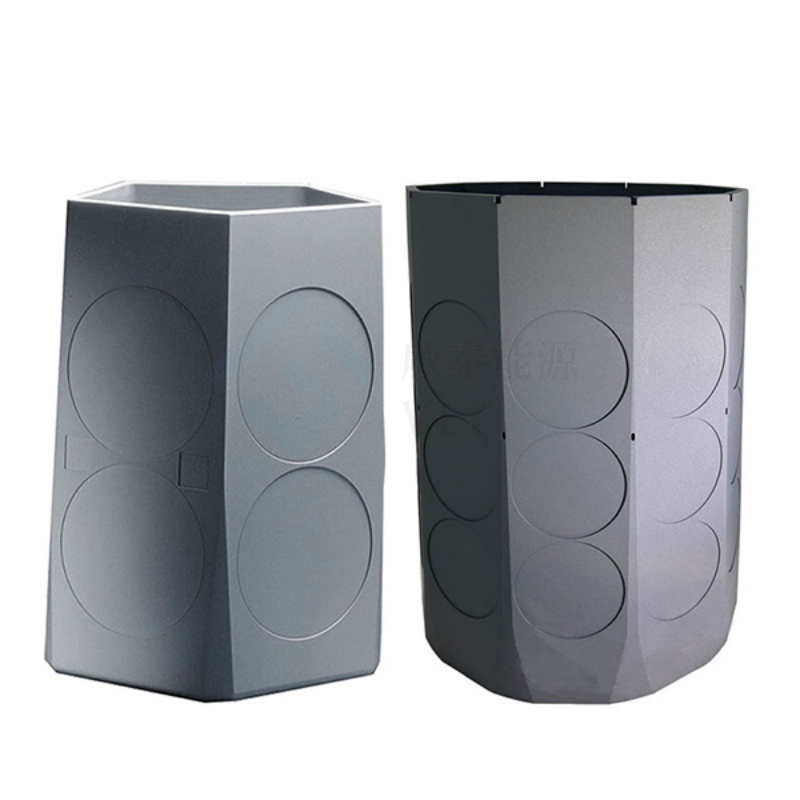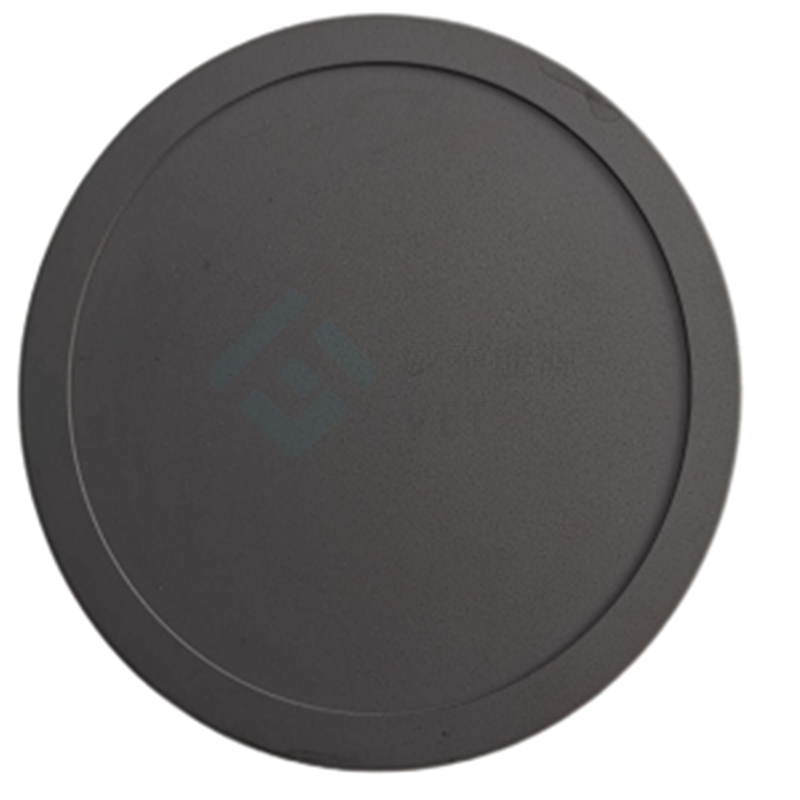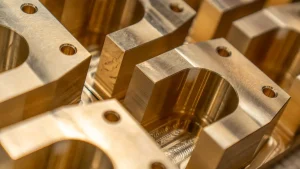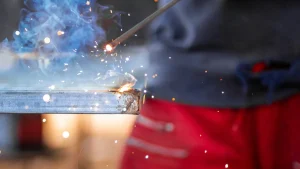Corrosion resistance plays a critical role in ensuring the longevity of a sic coated graphite susceptor during semiconductor processes. Corrosive gases like ammonia and chlorine degrade materials rapidly. A graphite coating, such as the carpro sic coating, provides a robust barrier. This protection enhances the performance and durability of the graphite susceptor in harsh environments.

Key Takeaways
- SiC coatings act as a tough shield against harmful gases like ammonia and chlorine. This helps graphite susceptors last longer in semiconductor processes.
- SiC-coated graphite susceptors are strong and need less fixing. This saves money and reduces the need for replacements, making them a smart choice for factories.
- Using SiC-coated susceptors keeps the manufacturing area cleaner. This improves product quality and helps support eco-friendly practices in making semiconductors.
SiC Coatings and Their Role in Corrosion Resistance
Properties of Silicon Carbide (SiC)
Silicon carbide (SiC) is a compound known for its exceptional hardness and thermal stability. It exhibits a high melting point, making it suitable for extreme temperature environments. SiC also possesses excellent chemical resistance, which allows it to withstand exposure to corrosive gases like ammonia and chlorine. Its low thermal expansion coefficient ensures dimensional stability during rapid temperature changes. These properties make SiC an ideal material for protective coatings in semiconductor manufacturing.
How SiC Coatings Protect Graphite Susceptors
SiC coatings act as a robust barrier between the graphite susceptor and the corrosive environment. The coating prevents direct contact between the graphite substrate and reactive gases, reducing the risk of chemical degradation. SiC’s high hardness resists physical wear, while its chemical inertness minimizes reactions with aggressive substances. This protective layer enhances the lifespan of the sic coated graphite susceptor, ensuring consistent performance in demanding processes.
Applications in Semiconductor Manufacturing
SiC-coated graphite susceptors play a critical role in semiconductor manufacturing. They are commonly used in processes such as chemical vapor deposition (CVD) and epitaxy, where high temperatures and reactive gases are prevalent. The SiC coating ensures the susceptor remains stable and reliable, even under harsh conditions. This reliability contributes to improved product quality and reduced downtime, making the sic coated graphite susceptor an essential component in modern semiconductor fabrication.
Corrosion Mechanisms in Semiconductor Environments
Corrosion in NH3 (Ammonia) Exposure
Ammonia (NH3) is a common gas in semiconductor processes, particularly in nitride-based material deposition. Its highly reactive nature poses significant challenges to materials exposed to it. When graphite susceptors lack adequate protection, NH3 can penetrate the surface and react with carbon atoms, leading to material degradation. This reaction weakens the structural integrity of the susceptor, reducing its lifespan and performance. The introduction of SiC coatings creates a chemically inert barrier that prevents NH3 from interacting with the graphite substrate. This protective layer ensures the susceptor remains stable even in prolonged ammonia exposure.
Corrosion in Cl2 (Chlorine) Exposure
Chlorine (Cl2) is another aggressive gas used in semiconductor manufacturing, particularly in etching and cleaning processes. Its corrosive properties can rapidly erode unprotected graphite susceptors. Chlorine reacts with carbon to form volatile compounds, which results in material loss and surface damage. This degradation compromises the susceptor’s ability to maintain consistent thermal and mechanical performance. SiC coatings provide a robust solution by resisting chemical reactions with chlorine. The coating’s high density and chemical inertness act as a shield, preserving the integrity of the graphite susceptor in chlorine-rich environments.
Effectiveness of SiC Coatings in Mitigating Corrosion
SiC coatings demonstrate exceptional effectiveness in mitigating corrosion caused by NH3 and Cl2. Their chemical resistance prevents direct interaction between the reactive gases and the graphite substrate. Additionally, the coating’s durability ensures long-term protection, even under extreme conditions. By enhancing the lifespan and reliability of the sic coated graphite susceptor, SiC coatings contribute to improved operational efficiency and reduced maintenance costs in semiconductor processes.
Performance of SiC-Coated Graphite Susceptors

Thermal Stability in High-Temperature Processes
SiC-coated graphite susceptors exhibit remarkable thermal stability, making them indispensable in high-temperature semiconductor processes. Silicon carbide’s high melting point allows it to endure extreme heat without deforming or losing structural integrity. This stability ensures that the susceptor maintains consistent performance during processes like epitaxy and chemical vapor deposition. The SiC coating also minimizes thermal expansion, reducing the risk of cracking or warping under rapid temperature fluctuations. This reliability enhances the precision of semiconductor manufacturing, where even minor deviations can impact product quality.
Chemical Resistance in Reactive Gas Environments
The chemical resistance of SiC-coated graphite susceptors is a critical factor in their performance. Reactive gases such as ammonia and chlorine, commonly used in semiconductor processes, can degrade unprotected materials. The SiC coating acts as a shield, preventing these gases from interacting with the graphite substrate. Its inert nature ensures that the susceptor remains unaffected by corrosive environments, preserving its functionality over extended periods. This resistance not only protects the susceptor but also contributes to maintaining a clean and controlled process environment.
Longevity and Maintenance Benefits
The durability of SiC-coated graphite susceptors translates into significant longevity and reduced maintenance requirements. The protective SiC layer resists wear and corrosion, extending the operational life of the susceptor. This longevity reduces the frequency of replacements, leading to lower operational costs. Additionally, the robust coating minimizes the need for frequent cleaning or repairs, further enhancing efficiency. By investing in a sic coated graphite susceptor, manufacturers can achieve long-term cost savings and improved process reliability.
Advantages of SiC-Coated Graphite Susceptors
Enhanced Durability and Reliability
SiC-coated graphite susceptors offer unmatched durability in semiconductor manufacturing. The silicon carbide layer resists wear and corrosion, even in the presence of highly reactive gases. This resistance ensures the susceptor maintains its structural integrity over extended periods. The coating also prevents surface degradation, which can compromise performance in critical processes. By providing consistent reliability, these susceptors reduce the risk of process interruptions and enhance overall operational stability.
Cost-Effectiveness in Semiconductor Manufacturing
The long lifespan of SiC-coated graphite susceptors translates into significant cost savings. Their durability reduces the frequency of replacements, lowering material expenses. Maintenance requirements also decrease due to the protective properties of the SiC coating. Manufacturers benefit from fewer disruptions and less downtime, which improves productivity. Over time, the investment in a sic coated graphite susceptor proves economical by minimizing operational costs and maximizing efficiency.
Environmental and Operational Benefits
SiC-coated graphite susceptors contribute to a cleaner and more controlled manufacturing environment. The chemical inertness of the SiC layer prevents contamination caused by material degradation. This feature ensures higher product quality and reduces waste. Additionally, the extended lifespan of these susceptors minimizes the environmental impact associated with frequent replacements. Their reliable performance supports sustainable practices in semiconductor production, aligning with industry goals for greener operations.
SiC-coated graphite susceptors excel in corrosion resistance, offering unmatched durability in semiconductor environments. Their ability to withstand reactive gases ensures prolonged operational life and cost efficiency. Future advancements in SiC coating technologies could further enhance performance, paving the way for innovative solutions in semiconductor manufacturing. These developments promise greater reliability and sustainability in the industry.
For more product details, please contact steven@china-vet.com Or website: www.vet-china.com.






